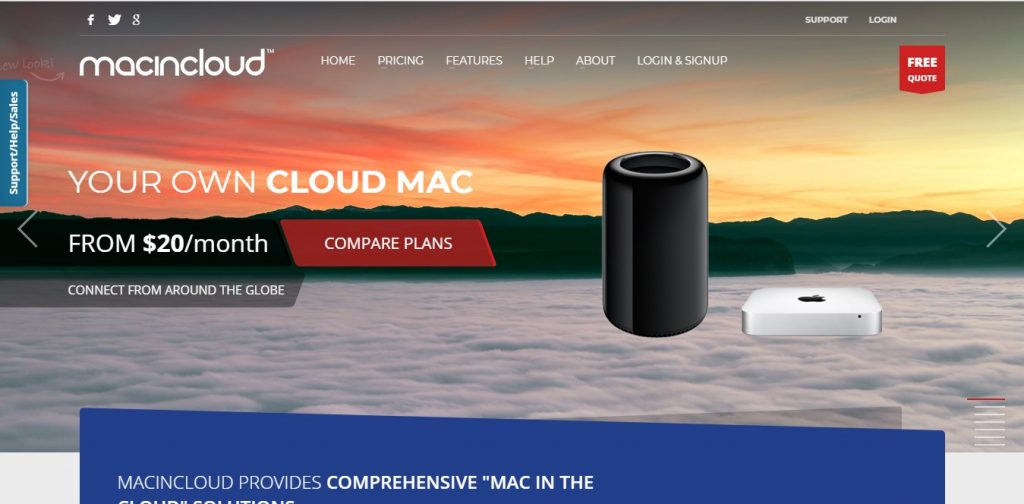


Note you should stop getting the error: xcrun: error: unable to load libxcrun (dlopen(/Library/Developer/CommandLineTools/usr/lib/libxcrun.dylib, 0x0005): tried: '/Library/Developer/CommandLineTools/usr/lib/libxcrun.dylib' (mach-o file, but is an incompatible architecture (have 'x86_64', need 'arm64e')), '/usr/lib/libxcrun.dylib' (no such file)). For me ~13mins.Īfter that your issues with P圜harm, git, brew and likely other tools will be resolved. Then agree to it and it should download after a couple of minutes. Then install the command line tools (CLT) again: xcode-select -install Output xcode-select: error: unable to get active developer directory, use `sudo xcode-select -switch path/to/Xcode.app` to set one (or see `man xcode-select`) So do ( source): sudo rm -rf /Library/Developer/CommandLineToolsĬheck it uninstalled, you should get an output as follows: xcode-select -p What I suggest is to uninstall the command line tools (CLT) and re-install them the official way. Homebrew Ruby: 2.3.3 => /System/Library/Frameworks/amework/Versions/2.3/usr/bin/ruby CLT is now installed and homebrew is detecting it just fine.īrew Config now: HOMEBREW_VERSION: 1.5.14 I downloaded the CLT as a pkg from the apple developer website ( ) and installed it the old fashioned way. Leaving it here if anyone else has the same problem in the future:ĭoing xcode-select -install showed everything as being installed correctly but I just couldn't confirm that anywhere. found a solution which I should have tried a lot earlier in all honesty. After you select the virtual disk and click the Continue button, you will see a window to notify you of the installation process ( remaining time, etc ).

The setup wizard window is straightforward. Follow these steps, entering your username and password when prompted.Okay, After a full day of attempts, re-installing homebrew and all. After creating a virtual disk partition, you will go back to the macOS Utilities window, click Reinstall macOS item to start to install it. You may be prompted to install additional components the first time Xcode runs. Next, click on the Xcode icon in the dock to launch the tool. Since you will be using this tool frequently, take this opportunity to drag and drop it into your dock for easier access in the future. To start up Xcode, open the Finder and search for Xcode. Having successfully installed the SDK and Xcode, the next step is to launch it to create a sample iOS 16 app. Launch the App Store on your macOS system, enter Xcode into the search box, and click on the Get button to initiate the installation. The best way to obtain the latest Xcode and iOS SDK versions is to download them from the Apple Mac App Store. If the “About This Mac” dialog indicates that an older macOS is installed, click on the More Info… button to display the System Settings dialog, followed by the General -> Software Update option to check for operating system upgrade availability.


 0 kommentar(er)
0 kommentar(er)
